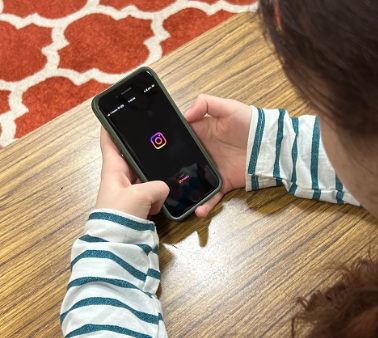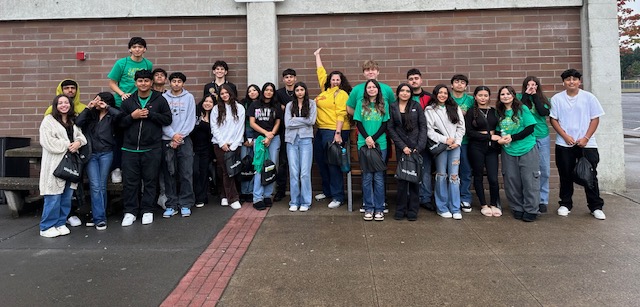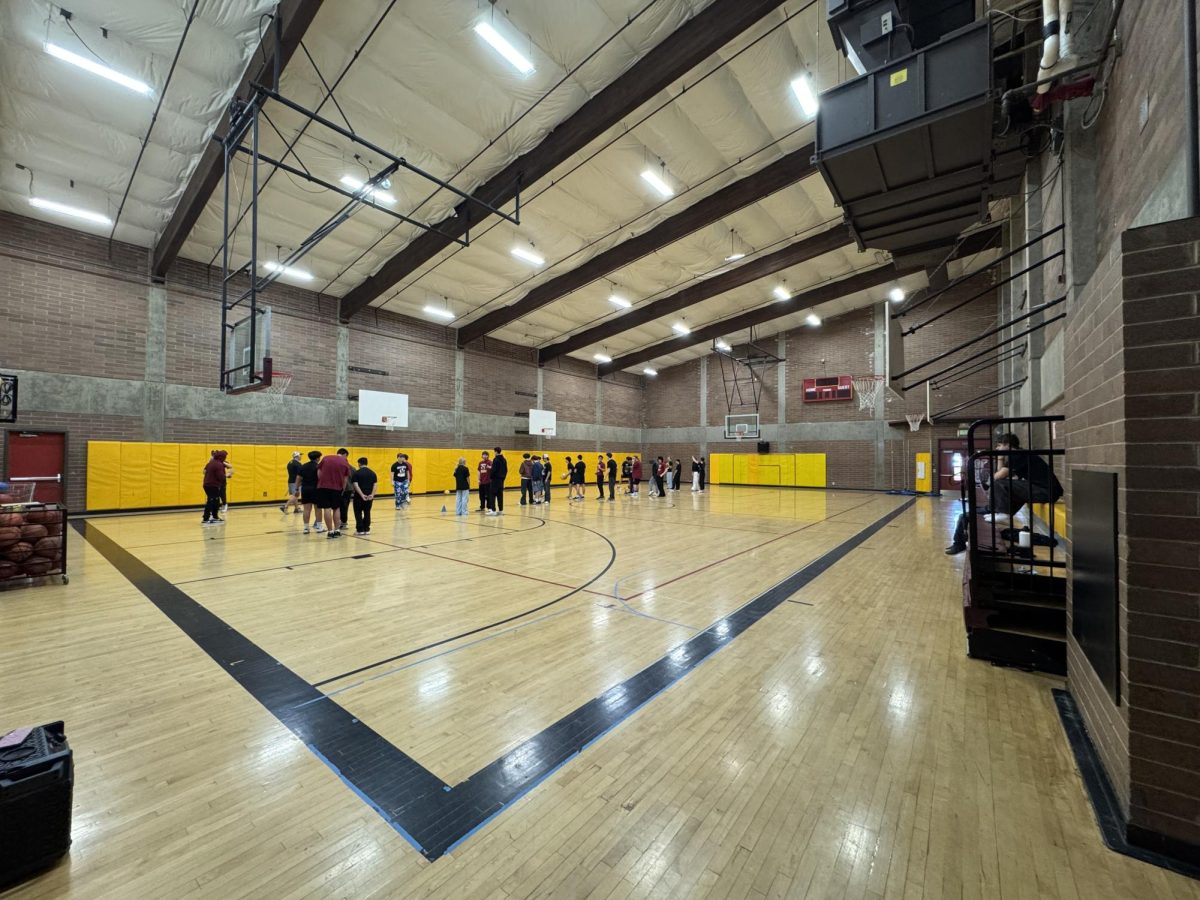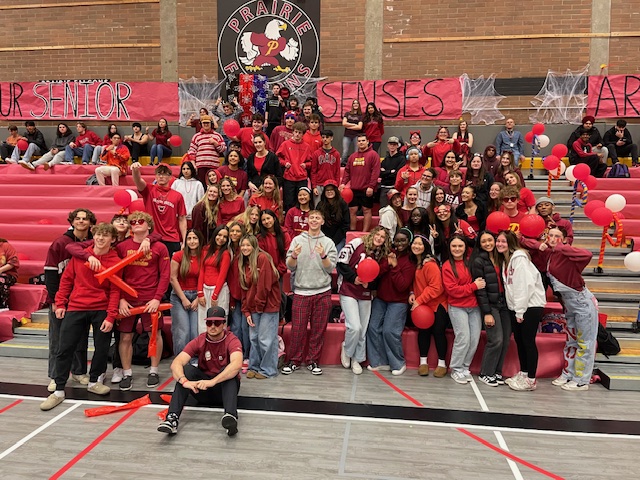
We all know school employees are keeping students safe, but what exactly are they doing to achieve that?
“The school district, Battle Ground School District would not send our kids to school if they didn’t feel safe,” says Mike Kesler, Safety and Security Supervisor for the District.
Threats have been coming into schools for many years, but the prevalence of social media has changed the way they are investigated and dealt with, how things are communicated to families, and especially the way threats come in and the speed at which rumors spread throughout students.
The district can be informed of threats to the school, staff, or students in multiple ways, they may have law enforcement who are scanning social media contact them, staff who overhear a conversation, or a student come forward to bring attention to something concerning them.
As many may know there is software on all school devices that scans for keywords and may flag some, local law enforcement has a similar software that is much broader and scans social media for keywords, “…words related to like shoot, stab that sort of thing,” says Mandy Waugh, Lead Security for the District. “… and the word school,” Kesler adds.
“One of the other ways sometimes we get information or a heads up is through our safe school’s anonymous tip line… it’s called a vector ticket,” says Waugh. The tip line can be found on the Battle Ground District website, where all tips are taken seriously and investigated.
Once a concern has been brought to the attention of the district, it will be looked into by the district safety team, and often the admin at the school of any student who may be involved. If the team finds something they deem credible they may bring in law enforcement to help investigate, “… you may have a law enforcement officer go to somebody’s house… knock on the door and have a conversation with the parents and the student that posted whatever they posted,” Kesler says, “…I’ve seen in the past where law enforcement has charged… students, it could be adults.”
“Social media I feel like the platforms definitely contribute to the spread of any threats and they also escalate them,” states Waugh.
“If you’re not doing a person-to-person type conversation sometimes it gets misconstrued and snowballs into something that it may not be…” Kesler says. “…like that telephone game,” Waugh adds. Social media makes social connections easier to obtain, while also making it more difficult for people to accurately say what they mean. For this reason, many conversations that take place over the phone may be misinterpreted and, if spread around, can give people completely incorrect information.
“…before the prevalence of social media and the ability for information to move so quickly if [a threat] wasn’t credible and we didn’t want to alarm people, we wouldn’t necessarily share that,” says Susannah Woehr, Principal at Prairie High School, she adds that now, “it is very important to put out the facts, what we actually can share that is true.”
Another safety measure Prairie High School has put in place is our locked door policy which is not just to encourage students from being tardy, but for student safety. “The first year I was here we had many people on campus who weren’t supposed to be here and were able to access all the doors,” explains Mrs. Woehr, adding that to solve this, “we got the blessing, or permission, to implement the locked door policy…”
However, the district is not only looking for potential threats, but for students who may be in crisis, or students who may have a problem between themselves and another student that can be easily solved.
“What social media is having an impact on is more on the mental health side than anything else,” says Mrs. Woehr. Mental health is really important to the school and staff, and if someone is in a crisis there are resources such as the counseling center that teachers, security, and any other staff know is available.
Staff are also trained in how to deal with many crisis situations, whether it be a mental health crisis, an over-escalated situation, or even an overdose. Staff are CPR certified, there are AEDs all around the school along with Narcan, security also carries Narcan with them and many teachers may have their own.
“The ultimate goal is everybody being safe,” says Kesler.














